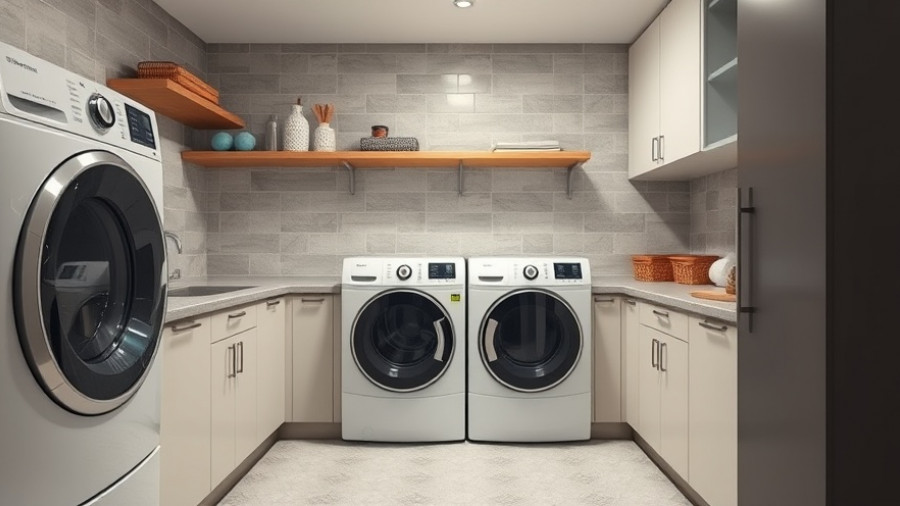
The Art of Baseboard Installation: A DIY Guide for Homeowners
Installing baseboards is more than just a home improvement task; it’s a step towards transforming your living space. For California homeowners, where aesthetics play a significant role, understanding how to properly install baseboards can elevate both the look and feel of your home. This guide aims to break down the installation process into manageable parts, ensuring even novice DIYers can tackle this rewarding project.
Why Baseboards Matter: Aesthetic and Functional Benefits
Baseboards serve two primary purposes: they protect wall edges and enhance the overall design of a room. Beyond practical protection, baseboards are critical in tying a room together, offering a polished finish that can complement any decor style. Updated baseboards can also increase your home’s value, an essential consideration in today’s California real estate market.
Prepping Your Space: Essential Tools and Materials
Before diving into installation, ensure you have the right tools and materials at your disposal. Your toolbox should include an 18-gauge brad nailer, a reliable miter saw, a caulking gun, and standard supplies like a measuring tape and utility knife. As for materials, baseboard trim, nails, and finishing supplies like paint and caulk are crucial. With an estimated cost between $100 to $200 for this project, you can achieve a professional look without breaking the bank.
The Step-by-Step Process: Installing Baseboards Made Easy
To kick off your baseboard installation, start by priming and painting your trim before installation. This preparation not only simplifies the installation process by allowing touch-ups but also ensures a cleaner finish. Measure your room's perimeter, taking special care to add an extra 10% to your material list to account for mistakes. Next, create a detailed cut list based on your measurements to streamline the process and minimize confusion.
Working Around Challenges: Tips for Unique Spaces
Every room has its challenges, whether it’s unique angles or existing fixtures. Start your installation at an entrance and work your way around. When facing corners or transitions, utilize 45-degree cuts to hide seams better and create a seamless look. For tricky transitions near doors or windows, consider how the baseboards will align with other trim elements to ensure the flow of design.
Finishing Touches: Caulking and Painting
Once your baseboards are securely installed, it’s time for the finishing touches. Applying a paintable caulk along the top edge of the trim not only creates a clean line but helps to seal any gaps, offering a professional finish. After caulking, a final coat of paint will ensure your baseboards look as good as new, integrating beautifully with your existing decor.
Expectations and Future Improvements
While learning to install baseboards can initially seem daunting, the satisfaction of completing your project will reinforce your DIY confidence. Not only do you achieve a refined look in your home, but you also save money on professional services. As you become accustomed to the installation process, you might even consider tackling other home improvement projects, further enhancing your living space.
In conclusion, applying the right techniques will set your baseboard installation apart. So, pick up those tools, transform your space, and enhance your home’s value today!
Your home is a reflection of you—invest in it by building skills that provide lasting improvements. As you dive into your DIY adventure, remember that the challenge is a part of the joy.
 Add Row
Add Row  Add
Add 




Write A Comment